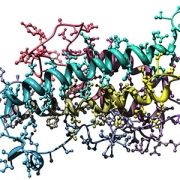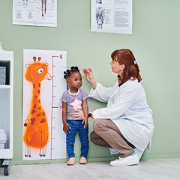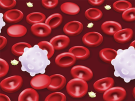Understanding quality of life for children with hypochondroplasia

Children with hypochondroplasia have low parent-reported quality of life (QOL) scores, according to findings from researchers at Children’s National Hospital.
Children with hypochondroplasia have low parent-reported quality of life (QOL) scores, according to findings from researchers at Children’s National Hospital. The data, presented as part of a poster presentation at the Pediatric Endocrine Society (PES) annual meeting, also found older age and shorter height may further exacerbate effects on QOL.
Hypochondroplasia is a skeletal dysplasia that has an estimated prevalence of 1 in 15,000-40,000 births and is characterized by short stature and disproportionately short arms, legs, hands and feet.
Participants of the study were 13 prepubertal boys ages 3-11 and 13 prepubertal girls ages 3-10, all with height z-scores < -2.25 SD and genetically proven hypochondroplasia.
Moving the field forward
Effective medications for growth in patients with hypochondroplasia are limited. Children’s National is participating in an ongoing study of a new drug, vosoritide, used to treat children in this population and will compare pre- and post-intervention QOL scores.
How will this work benefit patients?
Understanding QOL of children with hypochondroplasia will help clinicians provide better care and support.
“Knowing how a medication affects QOL will help guide counseling about use of this medication,” says Nicole Rangos, M.D., pediatric resident at Children’s National and lead author of the study.
Dr. Rangos received the Human Growth Foundation Award for best growth-related abstract at the PES annual meeting in May 2023. The award was established in 2007 to encourage fellows training in pediatric endocrinology to pursue clinical and bench investigations that may lead to a better understanding of human growth.











